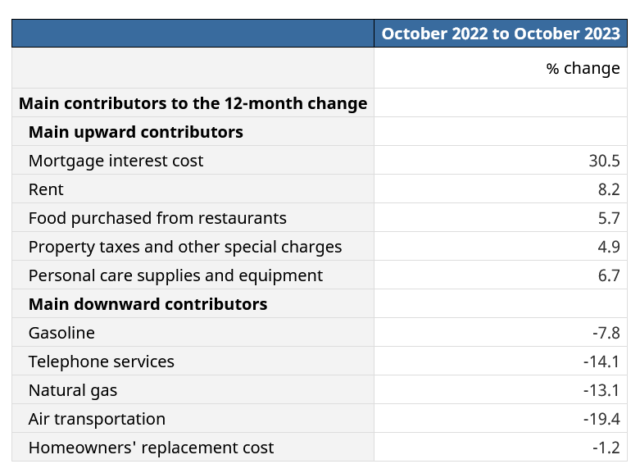You’ve got to know when to hold ’em
Know when to fold ’em
Know when to walk away
And know when to run
You never count your money
When you’re sittin’ at the table
There’ll be time enough for countin’
When the dealin’s done
– The Gambler, Kenny Rogers
This seems to be the most appropriate song to describe the feeling I am getting at the close of the calendar year.
Probably the biggest sign of whether you have a grasp of reality or not is whether your mental model of the world can correctly predict the future.
Unfortunately, as I have written here before, one does not necessarily need a truthful model of reality in order to survive. Donald Hoffman is a cognitive psychologist that has made some very interesting lectures on the matter and this disconnection between truth, reality and survival – this has always been in the back of my mind.
In particular in our 21st century age of information, mis-information and dis-information at our fingertips, coupled with AI bots, deepfakes, etc., it is getting very difficult to distinguish truth from fiction.
Ironically during the Covid era (from March 2020 onwards) I felt like (who knows whether I actually did!) I had a better grasp of reality than most, and indeed as it translated into the financial markets, it was a very rare time where most participants were so strongly positioned for disaster that it was possible to make reasonable gains when people’s perceptions of reality normalized to some semblance of truth (i.e. we’re not all going to die – just look at a chart of Moderna (MRNA) or Alpha Pro Tech (APT)!).
The financial marketplace is actually a reasonable place to measure the perception of one’s reality against others. Note I did not say “truth” – the old cliche of “the market may remain irrational longer than your ability to remain solvent” is true in many cases, say for those that wanted to short the economically unprofitable cannabis sector in 2016, the dot-com market in 1998, or the short-lived upsurge of plant-based meat companies IPO’ing around 2018-19. Never mind Gamestop! Even if your sense of reality is closer to the truth than others, the market can dictate reality for longer than one thinks.
Going back to present, the Covid effect has slowly abated over time and sometime around 2022 the markets began to be the same old efficient market machine that we have been used to – the primary difference between 2022’s market and onwards was that we exited out of the zero interest rate environment.
In retrospect, I was inappropriately positioned for 2023. It seems increasingly likely that the reality in my brain is not corresponding with what is actually going on out there, and as a result, I need to discard these narratives out of my head and start from the foundation again.
You could already tell that I had significant amounts of self-doubt in the middle of 2022 – where I mercilessly started to cull elements of the portfolio and raise cash, and I was soothed by the fact that cash had obtained a reasonable yield once again. The baseline performance for doing nothing (or rather resting on the sidelines) was actually pretty reasonable.
My doubts on my grip on financial reality have continued to increase even further – one should never invest when you are flying blind. The other rule is a break in thesis – one of my tenants going into the fossil fuel trade back in 2020 was that North American production would not be able to eclipse their Q4-2019’s highs for various reasons (resource exhaustion, drilled and uncompleted numbers low, lack of capital spending, later on – Russia being cut out of the oil equation, costs of drilling, self-induced ESG restrictions, etc.) but this is a failed and broken thesis. US production in particular is now at all-time highs, despite all the narrative.
World demand also continues to be very high but for whatever reason, there seems to be ample production capacity.
My continuing fossil fuel trade in 2023 has been incredibly offside with reality. I consider myself lucky to still be marginally positive YTD performance in what has been a very uninspiring year financially riddled with errors of omission (i.e. not listening to my instincts earlier and getting out at higher pricing).
Instead, what we are going to get might be similar to what happened in 2014, and is typical of cyclical industries – a terrible race to the bottom. Low cost producers and those that can provide additional value (e.g. refineries, mid-stream, etc.) will survive, but returns are likely going to be muted going forward. This is the conventional financial playbook and it is one that is telling me to fold ’em. And that I have been doing.
I did venture away from my Covid playbook a tiny bit in 2023, but not to a significant degree. 2024 will also exhibit a change in focus. The markets have always been about adaptation and survival and I am fortunate to begin the new year with half a clean canvas to work with. I am not in any rush to deploy capital, however – I am not at all sure that my grip on reality or the truth is quite where it needs to be. I am worried that my thoughts are currently too close to the consensus out there. As a result, if there are going to be any movements, they will be baby steps.
